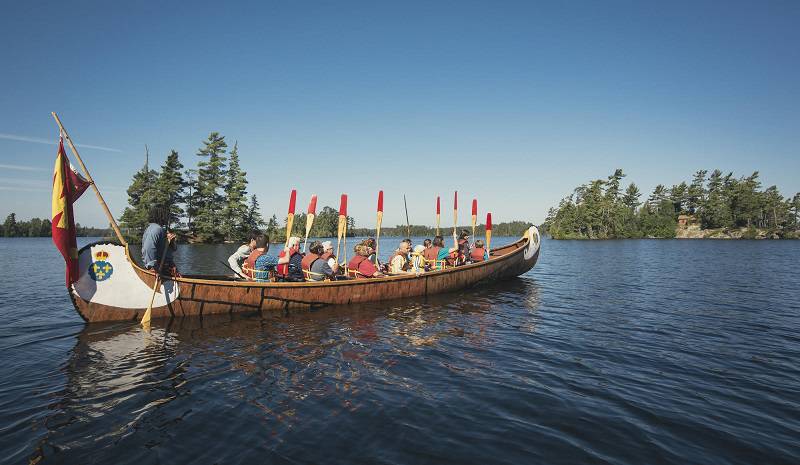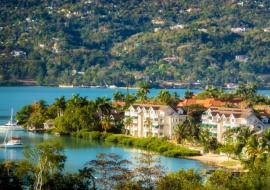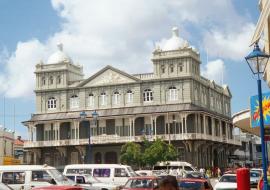Cultural Routes Give Tourism a Competitive Edge

Historic cultural routes and experiences are powerful tools that can (and should) be used to enhance the competitiveness of a destination.
This is the conclusion that was reached at the second International Congress on World Civilizations and Historic Routes, which just wrapped up in Bulgaria.
The two-day event, organized by the World Tourism Organization (UNWTO) and the Ministry of Tourism Bulgaria, explored how tourism along historic routes can help to safeguard and promote tangible and intangible cultural heritage.
Ministers from four continents, as well as public and private experts representing such iconic cultural tourism routes as Route 66, the Way of Saint James (Camino de Santiago), the Phoenicians’ Route and the Silk Road, gathered for the congress.
The congress identified best practices for tourism development, management, and promotion that can help to harness the potential of historic routes, while also enhancing the value of their cultural heritage, and preserving their authenticity.
In recent years cultural tourism has emerged as a major driver of demand, in line with travelers’ growing interest in immersing themselves in meaningful experiences such as local rituals and traditions, according to the UNWTO.
The congress produced a set of recommendations (that have not yet been released), which are designed to provide guidance to tourism stakeholders who are interested in harnessing the potential of cultural heritage routes.
Source: Travel Pulse














